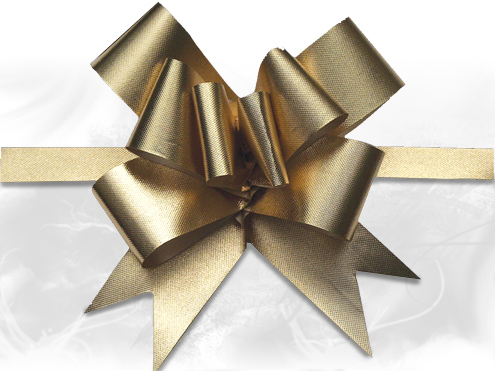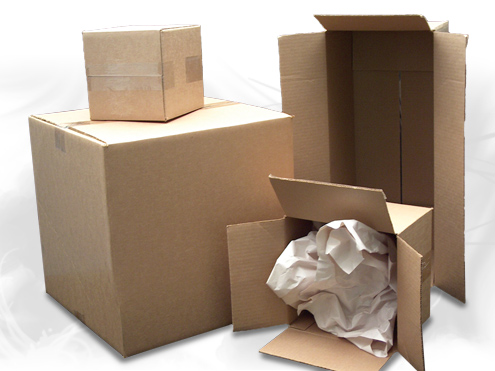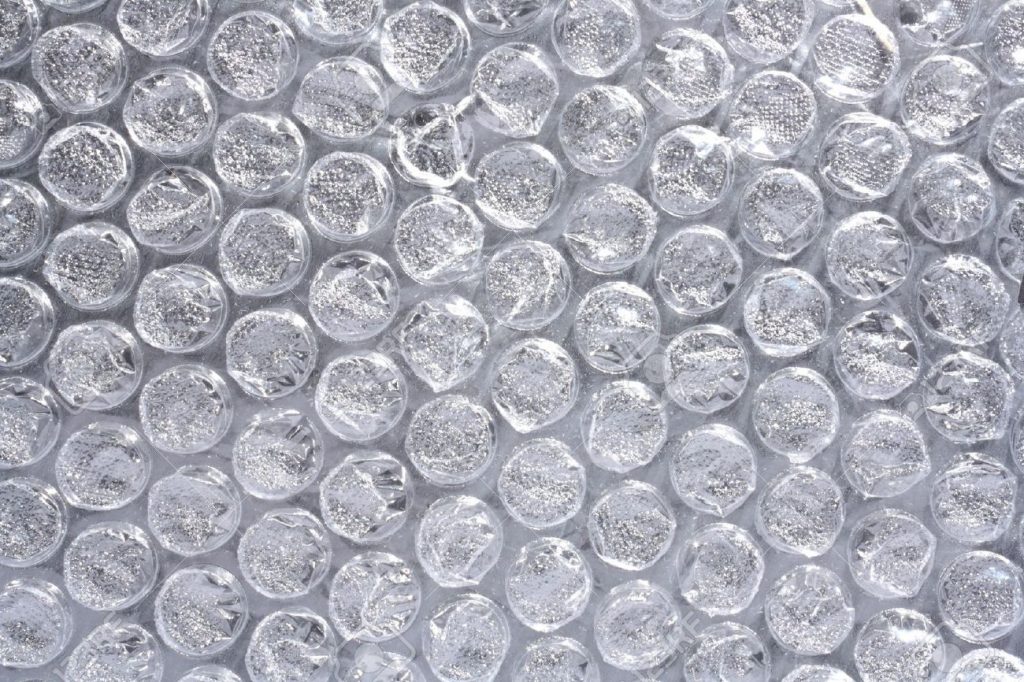In the spirit of thanksgiving and the holiday season, we wanted to share some of the packaging inventions that we are thankful for. Innovations in packaging and technology have improved and propelled our business, and we want to share why they are significant.
The Paper Shopping Bag
You may remember our previous Blog Post about the evolution and history of the shopping bag. It’s true that the invention of the simple shopping bag has completely revolutionized the world of retail and brand marketing. The shopping bag had very convenience-driven beginnings, yet over time it transformed into a powerful fashion statement and marketing tool. Above all else, the shopping bag allowed retailers to sell more goods because it allowed customers to carry more products with ease and also improved marketing reach. Shopping bags became a brand symbol for luxury retailers and an absolute staple for grocery and convenience stores.
At Morgan Chaney we sell more custom shopping bags than any other product, and we love the creativity and ingenuity that goes into every custom bag design. From natural kraft paper shopping bags to luxurious custom eurototes, each bag makes a statement for the company that shows their customers what they represent. Every type of business can use shopping bags from spas and salons, to doctor’s offices, to retail shops, which is what makes the shopping bag such a great product. Shopping bags are one of the most exciting and rewarding elements of packaging, and we are truly thankful to get to help create them here at Morgan Chaney.

The Pull Bow
The pull bow is an invention that has revolutionized the way retailers and gift suppliers use decorative bows. Bows are normally a tricky accessory, they take up a large amount of storage volume and are at constant risk of being crushed or wrinkled during shipment or storage. The pull bow eliminates these problems by allowing bows to be shipped as flat ribbon strips that can be pulled into a bow shape almost instantly. These bows are an absolute hit because they are truly easy to use, and have virtually no drawbacks. Bows are available in a few different styles like butterfly shaped and pom-bow shaped, with different colors and finishes available to match any packaging. Long ribbon strands that hang off the assembled bows can be curled, cut, or used to fasten the bow to a packaging item. We give these bows an A+ for convenience and ease of use.

The Cardboard Box
The simple cardboard box is one of the epicenters of packaging. We use boxes for all types of packaging and shipping applications, as well as custom product packaging. The beginnings of cardboard boxes can be traced all the way back to ancient China, 3-4 thousand years ago. During this time, the Chinese of the Han Dynasty used sheets of Mulberry tree bark to wrap and preserve food. These methods of making “protective paper” eventually traveled throughout Europe, but the first documented instance of a cardboard box being used was in Germany in 1817 for a board game. In 1856, two hat makers invented a corrugated paper to help keep their hat’s shape. Then in 1871, Albert Jones was awarded a patent in the United States for “Improvement in paper for packing” with the invention of a way to securely package items using paper that is corrugated, crimped, or bossed. This patent paved the way for the cardboard box as we know it. In 1879 factory-owner Robert Gair aided in mass producing these boxes for the first time. Some of Gair’s more prolific customers were Colgate and Ponds, and later Nabisco! And the rest, as they say, is history; cardboard boxes became easier and cheaper to produce and were used for many types of products and shipping applications. Cardboard boxes are an important aspect of all types of retail and consumer packaging, and are highly efficient in keeping products safe during transit, storage, and on the shelf. 
Source: http://www.todayifoundout.com/index.php/2015/02/invention-cardboard-box/
The Hot-Stamp Press
Hot-stamping is one of the most popular ways to customize packaging items because it provides an elegant and high-quality look in less time and with lower required quantities. Hot-stamping involves using foils or pre-dried ink to transfer an image onto a surface at a very high temperature. This process can be done with any color foil, including metallic options, matte options, and even clear hot-stamping. The first patent for this printing method belonged to German Ernst Oeser in 1892. Hot-stamping was originally used for embossing books, leather, and paper, and later became a popular method of marking plastic. At Morgan Chaney, we use a hot-stamping press almost every day to help create unique custom packaging for all types of businesses from small to large. This machine and printing process has made our semi-custom packaging program extremely popular, and has allowed many small businesses to create custom packaging in smaller quantities.
Source: https://en.wikipedia.org/wiki/Hot_stamping
Bubble Wrap
Did you know that bubble wrap was originally invented to be used as wallpaper? Two engineers Al Fielding and Marc Chavannes were aiming to make a textured wallpaper in 1957. They started by sealing two shower curtains together in a way that would trap air bubbles inside. When their wallpaper was not successful, they also tried to use it as insulation (which also failed). Three years later marketer Frederick W. Bowers got the idea to use the bubble wrap to protect a computer during shipment. He pitched this idea to IBM, and they were thrilled and began to purchase bubble wrap for their shipments. Nowadays the Sealed Air company sells about $400 million worth of bubble wrap each year. Bubble wrap has taken several different forms but is still widely used in shipping and packaging today. Bubble wrap provides the perfect amount of cushion and flexibility that is essential in the shipping and packaging industries.

Without so many amazing packaging inventions throughout the years, including new materials and manufacturing technology, Morgan Chaney would not be the company we are today. We are grateful to have helped thousands of businesses and individuals around the world create custom packaging that exceeds expectations. We love taking part in the innovative and evolving world of custom packaging and we look forward to what’s coming next!
